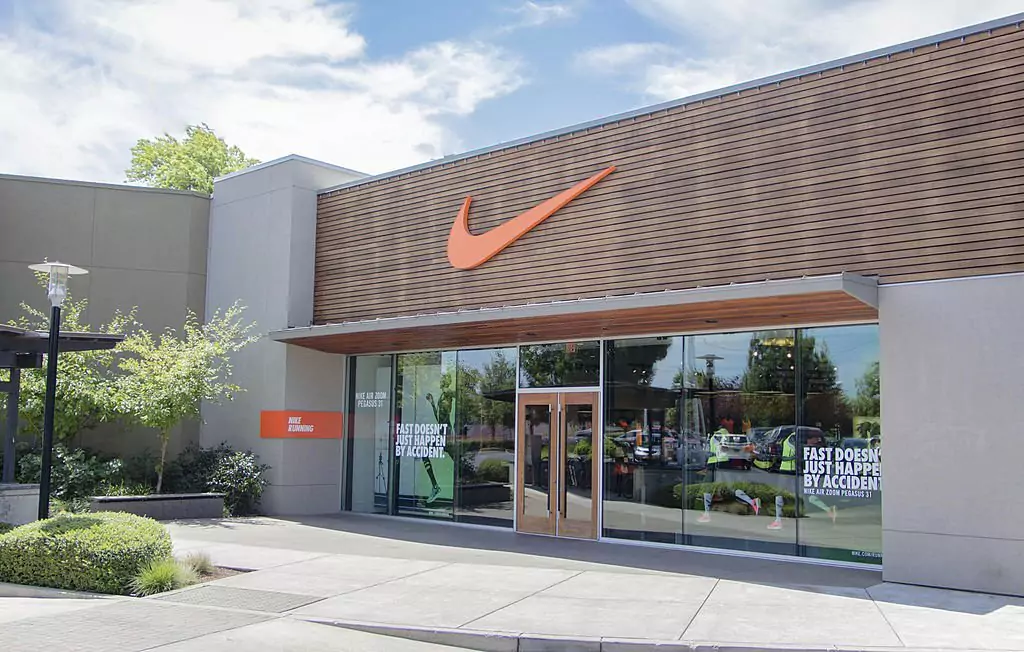Introduction: Understanding Nike Tech Fleece Jackets
Nike Tech Fleece Jackets have become increasingly popular among athletes and fashion enthusiasts alike. These jackets are known for their lightweight and comfortable design, making them perfect for both athletic activities and everyday wear. They are made from a unique blend of cotton and polyester, which provides warmth without adding bulk. The jackets also feature a sleek and modern aesthetic, with a slim fit and minimalistic design.
The popularity of Nike Tech Fleece Jackets can be attributed to their versatility and functionality. Athletes appreciate the jackets for their ability to regulate body temperature during workouts, while fashion enthusiasts are drawn to their stylish and trendy appearance. The jackets are available in a variety of colors and styles, allowing individuals to express their personal style while staying comfortable and warm.

The Importance of Proper Care for Nike Tech Fleece Jackets
Proper care is essential for maintaining the quality and longevity of Nike Tech Fleece Jackets. Neglecting care can lead to damage and reduced lifespan of the jacket. These jackets are made from delicate materials that require special attention when it comes to cleaning and maintenance.
One of the main reasons why proper care is important is to preserve the insulation properties of the jacket. Over time, dirt, sweat, and oils can build up on the fabric, causing it to lose its ability to retain heat. Regular cleaning helps to remove these contaminants and restore the jacket’s insulation capabilities.
In addition, proper care helps to prevent the growth of bacteria and odors. Sweat and body oils can create an environment that is conducive to bacterial growth, leading to unpleasant smells. By washing the jacket regularly, you can eliminate these odors and keep your jacket smelling fresh.
Can You Wash a Nike Tech Fleece Jacket?
One common question that arises when it comes to Nike Tech Fleece Jackets is whether or not they can be washed. The answer is yes, these jackets can be washed, but there are a few factors to consider before doing so.
Firstly, it is important to check the care instructions on the jacket’s label. This will provide specific guidelines on how to wash and care for the jacket. It is important to follow these instructions to avoid damaging the fabric.
Secondly, it is recommended to wash the jacket on a gentle cycle with cold water. Hot water can cause the fabric to shrink or lose its shape. Using a gentle cycle will help to protect the delicate fibers of the jacket.
Lastly, it is important to avoid using harsh detergents or bleach when washing a Nike Tech Fleece Jacket. These can damage the fabric and cause it to lose its softness and color. Instead, opt for a mild detergent that is specifically designed for delicate fabrics.
How to Wash a Nike Tech Fleece Jacket: Step-by-Step Guide
To properly wash a Nike Tech Fleece Jacket, follow these step-by-step instructions:
1. Check the care instructions: Before washing the jacket, read the care instructions on the label to ensure you are following the manufacturer’s recommendations.
2. Pre-treat stains: If there are any stains on the jacket, pre-treat them before washing. Use a stain remover or a mild detergent and gently rub it into the stain. Let it sit for a few minutes before washing.
3. Turn the jacket inside out: This will help to protect the outer fabric and prevent any damage during the washing process.
4. Use a gentle cycle: Set your washing machine to a gentle cycle with cold water. This will help to protect the delicate fibers of the jacket.
5. Use a mild detergent: Choose a mild detergent that is specifically designed for delicate fabrics. Avoid using bleach or harsh detergents, as they can damage the fabric.
6. Wash the jacket: Place the jacket in the washing machine and start the cycle. Allow the machine to complete the wash cycle.
7. Rinse thoroughly: After the wash cycle is complete, rinse the jacket thoroughly to remove any remaining detergent.
8. Air dry: It is recommended to air dry the jacket instead of using a dryer. Hang the jacket on a clothesline or lay it flat on a clean towel to dry. Avoid direct sunlight, as it can fade the color of the jacket.
Drying and Ironing Nike Tech Fleece Jackets: Dos and Don’ts
Proper drying and ironing techniques are important for maintaining the quality of Nike Tech Fleece Jackets. Here are some dos and don’ts to keep in mind:
Dos:
– Air dry the jacket: It is best to air dry the jacket instead of using a dryer. This will help to preserve the shape and integrity of the fabric.
– Hang the jacket: Hang the jacket on a clothesline or hanger to allow it to dry naturally. This will help to prevent wrinkles and maintain the shape of the jacket.
– Use a fabric softener: Adding a fabric softener to the rinse cycle can help to keep the jacket soft and reduce static cling.
Don’ts:
– Do not use a dryer: Avoid using a dryer to dry your Nike Tech Fleece Jacket, as it can cause shrinkage and damage the fabric.
– Do not iron: Ironing is not recommended for Nike Tech Fleece Jackets, as it can melt or damage the fabric. Instead, use alternative methods for removing wrinkles.
If your jacket does become wrinkled, there are alternative methods for removing wrinkles without using an iron. One method is to hang the jacket in a steamy bathroom. The steam from the shower will help to relax the fibers and remove wrinkles. Another method is to use a fabric steamer, which can be gently passed over the jacket to remove wrinkles.
Tips for Maintaining the Quality
In addition to proper washing and drying techniques, there are a few additional tips for maintaining the quality of Nike Tech Fleece Jackets:
– Spot clean when necessary: If you notice any stains or spills on your jacket, spot clean them immediately. Use a mild detergent and a soft cloth to gently remove the stain. Avoid rubbing too vigorously, as this can damage the fabric.
– Avoid excessive heat: Nike Tech Fleece Jackets should be kept away from excessive heat sources, such as radiators or direct sunlight. Heat can cause the fabric to shrink or lose its shape.
– Store properly: When not in use, store your jacket in a cool, dry place. Avoid folding or compressing the jacket, as this can cause wrinkles and damage the fabric. Instead, hang the jacket on a hanger or lay it flat in a drawer.
– Avoid contact with rough surfaces: Be mindful of where you wear your Nike Tech Fleece Jacket to avoid contact with rough surfaces that can snag or tear the fabric. Avoid wearing the jacket while engaging in activities that may cause damage.
Conclusion:
In conclusion, proper care is essential for maintaining the quality and longevity of Nike Tech Fleece Jackets. Regular washing, using gentle cycles and mild detergents, helps to remove dirt, sweat, and odors from the fabric. Air drying is recommended to preserve the shape and integrity of the jacket, while avoiding ironing helps to prevent damage to the delicate fibers.
By following these tips and guidelines, you can keep your Nike Tech Fleece Jacket clean, fresh, and in good condition for years to come. Remember to always check the care instructions on the label and take extra care when handling and storing your jacket. With proper care, your Nike Tech Fleece Jacket will continue to provide warmth, comfort, and style.


